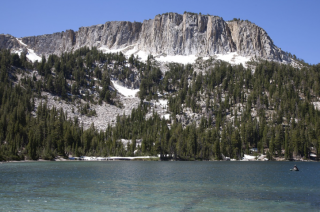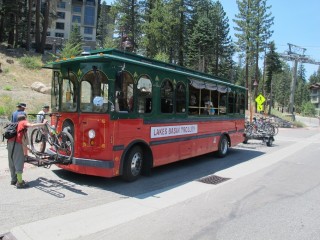
More Information About Camping In Mammoth Lakes

Camping
Campfire Safety: How to Camp Like a Pro
When many of us think of camping, we picture a classic scene of friends around a campfire swapping stories and roasting s’mores. In wildfire-prone regions like the Eastern Sierra, as much as we love this tradition, we must be very cautious with campfires because one small spark can have devastating consequences.
Learn More

Activities
6 Ways to Camp Responsibly in Mammoth Lakes
Learn more about how to be a responsible camper when you visit Mammoth Lakes.
Learn More

Activities
Where Campers can Find Public Showers in Mammoth Lakes
The option of a refreshing shower is always a nice addition to any camping trip.
Learn More





